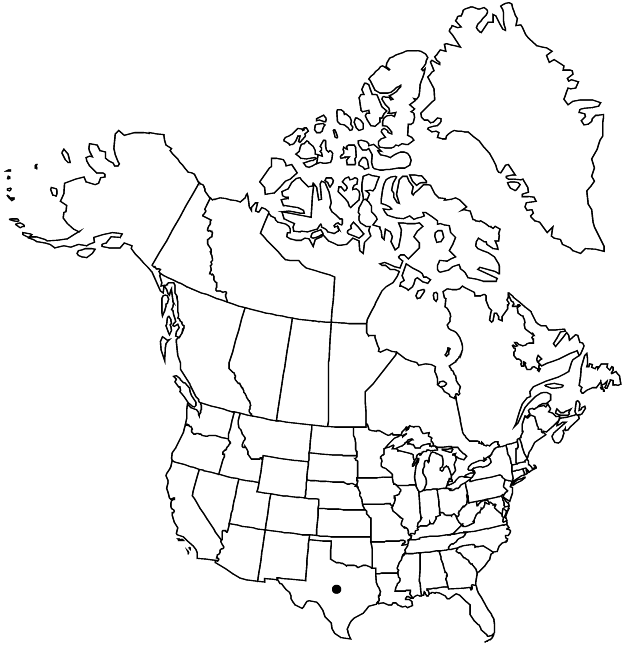Difference between revisions of "Eriogonum hemipterum var. hemipterum"
FNA>Volume Importer |
imported>Volume Importer |
||
| Line 43: | Line 43: | ||
|publication year= | |publication year= | ||
|special status= | |special status= | ||
| − | |source xml=https:// | + | |source xml=https://bitbucket.org/aafc-mbb/fna-data-curation/src/2e0870ddd59836b60bcf96646a41e87ea5a5943a/coarse_grained_fna_xml/V5/V5_782.xml |
|subfamily=Polygonaceae subfam. Eriogonoideae | |subfamily=Polygonaceae subfam. Eriogonoideae | ||
|genus=Eriogonum | |genus=Eriogonum | ||
Latest revision as of 22:13, 5 November 2020
Herbs, polycarpic, 2–6 dm, strigose; taproot not chambered. Stems: caudex compact; aerial flowering stems usually 1, not fistulose, 1–4 dm, strigose. Leaves basal and cauline; petiole 0.5–3 cm, strigose; basal blade oblanceolate to elliptic or spatulate, 2–8 × 0.5–1.5 cm, thinly strigose and greenish on both surfaces; cauline blade sessile, oblanceolate, 1–5 × 0.2–1 cm, similar to basal blade. Inflorescences 1–3 dm; branches strigose; bracts scalelike, 2.5–8 × 1–3 mm. Peduncles erect, straight or slightly curving upward, 0.5–7 cm, strigose. Involucres turbinate-campanulate to campanulate, 2–4 × 1.5–4 mm, strigose; teeth 0.5–1 mm. Flowers 1.5–2 mm in anthesis, 2.5–3 mm in fruit; perianth reddish purple or maroon, rarely yellow, becoming slightly less reddish in fruit, strigose abaxially; tepals narrowly spatulate to obovate; stamens 2–3 mm; filaments pilose proximally. Achenes greenish brown to reddish brown, 3.5–5 mm, 3-winged along distal 1/3, nearly beakless, strigose. 2n = 40.
Phenology: Flowering Jun–Oct.
Habitat: Calcareous slopes, mixed grassland communities, oak, juniper, and montane conifer woodlands
Elevation: 1400-2200 m
Distribution

Tex., Mexico (Coahuila).
Discussion
Variety hemipterum is known in the flora area only from the Chisos Mountains of southern Brewster County. There the variety is infrequent to locally common. Variety griseum I. M. Johnston of Mexico differs in having leaf blades that are densely grayish-tomentose abaxially and strigose adaxially. It occurs in northwestern Coahuila and northeastern Chihuahua.
Selected References
None.